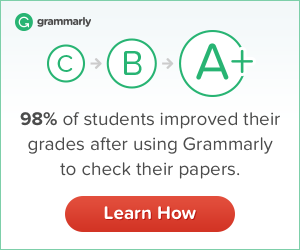A verbal is a verb form used as some other part of speech. There are three kinds of verbals: gerunds, participles, and infinitives.
A gerund always ends in ing and is used as a noun.
Example:
Eating is fun.
A participle is used as an adjective and ends various ways. A present participle always ends with ing as does the gerund, but remember that it is an adjective. A past participle ends with ed, n, or irregularly.
Examples:
played, broken, brought, sung, seeing, having seen, being seen, seen, having been seen
An infinitive is to plus a verb form. It can be a noun, an adjective, or an adverb.
Examples:
to be, to see, to be seen, to be eaten
Instructions: Find the verbals in the following sentences.
1. Sometimes I need to work more effectively.
2. Surreptitiously slipping the answers to his friend, the boy looked
innocently at the ceiling.
3. Why won't you try to be nicer?
4. I hope we never become too old to learn.
5. Having forgotten her lines, Jena fled from the stage.
--For answers scroll
down.
Answers:
1. Sometimes I need to work more effectively.
2. Surreptitiously slipping the answers to his friend, the boy looked
innocently at the ceiling.
3. Why won't you try to be nicer?
4. I hope we never become too old to learn.
5. Having forgotten her lines, Jena fled from the stage.
For your convenience, all of our lessons are available on our website in our lesson archive at http://www.dailygrammar.com/archive.html.







No comments:
Post a Comment